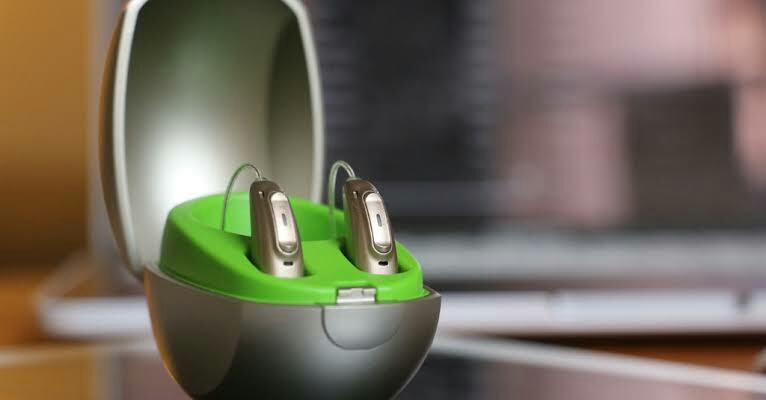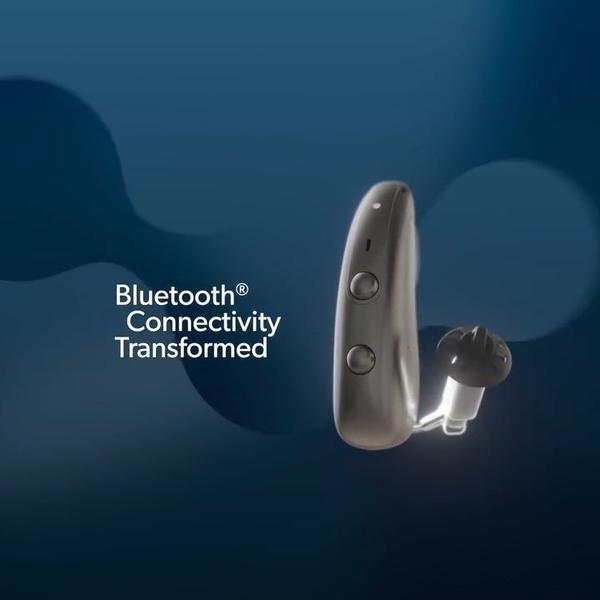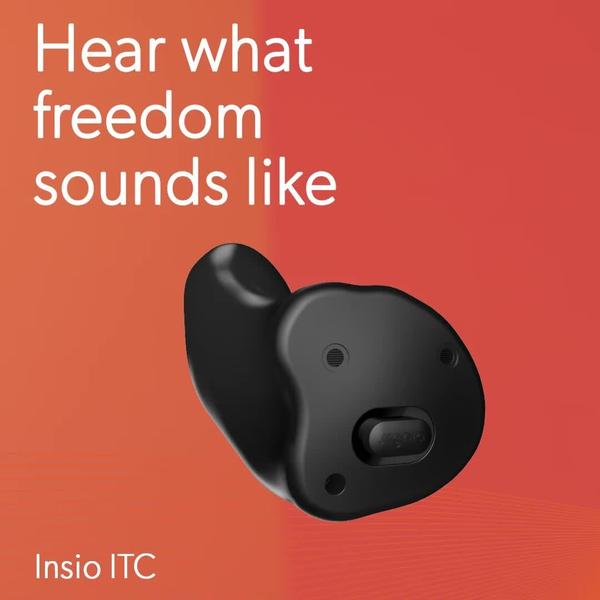
Bet You Didn’t Know This About Hearing Aids
Gone are the days of your Grandpa’s bulky hearing aid. It took some time to replace these relics of the past that felt as uncomfortable as they looked, but modern devices are much smaller, more comfortable and more discreet than ever. Size isn’t the only area where technology has made hearing aids more usable. Today’s devices are capable of wireless Bluetooth streaming, connecting to a smartphone, and storing data. We go into detail about those features in this quick recap of four things you might not have known about hearing aids.
#Hearing Aids Are More Discreet Than Ever Before
Many of today’s hearing aid devices are barely detectable by the eye, which can provide several benefits. First, for people who are self-conscious about wearing a hearing aid, this helps to restore self-confidence and reduce any negative feelings they might feel about wearing the device. Smaller hearing aids also tend to be more comfortable since their size allows them to fit better within the ear. Manufacturers can produce devices that fall within three small, sleek categories: in-the-ear, completely in-the-canal and invisible in-the-canal. There are still models that fit behind the ear–but even those have shrunk in size dramatically over the years.
#Hearing Aids Now Have Bluetooth Connectivity
The real benefit to Bluetooth is that it has the functionality to wirelessly send sound from a device, like a portable music player, directly to your hearing aid. You can also feel more comfortable watching your favorite show or movie at home by streaming the audio through Bluetooth directly into your device.
#Hearing Aids Are Becoming More Compatible With Smartphones
Historically, a ringing phone meant you would have to remove your hearing aid to answer. This is because the transmitter and antenna of a cell phone emit radio frequencies that also create an audible sound when the hearing aid was near the phone. But because of increased compatibility with smartphones, that problem is a thing of the past. Most hearing aids are now equipped with a telephone adaptation that uses a telecoil to receive phone signals and then broadcasts them over your hearing aids. A number of manufacturers are also incorporating smartly designed apps into the hearing aid experience, which gives the user a chance to adjust volume, bass and treble from their phone easily.
#They Take Advantage of Data
Big data is a term you might hear tossed around the marketing or business world, but data collection and smart processing are also beginning to have an impact with hearing aids. One of the newest features on these devices is data logging, which tracks your habits and preferences related to behavioral actions. For instance, it might recognize the times of day that your hearing aids are in use, when you turn the volume up or down, and even the types of sounds recognized in the background. This data can be beneficial when it comes time for your hearing specialist to make any adjustments or for you to buy a new device.
Keywords
They
modern devices
data collection
bulky hearing aid
hearing specialist
behavioral actions
hearing aid devices
preferences related
Smaller hearing aids
telephone adaptation
receive phone signals
portable music player
hearing aid experience
wireless Bluetooth streaming
cell phone emit radio frequencies




